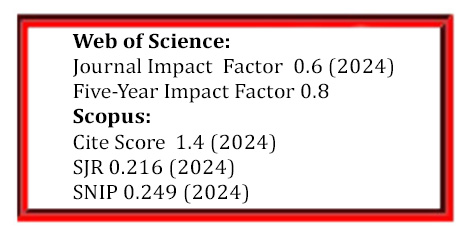Evaluation of Corrosion Rate in X 65 Steel Pipes by Taguchi Method Based on Factors Originating from Soil and External Interactions
DOI:
https://doi.org/10.5755/j02.ms.31228Keywords:
corrosion rate, steel pipeline, soil characteristic, statistical analysis, experimentalAbstract
Steel pipelines that are used for the transportation of natural gas and petroleum usually pass through different places with different soil characteristics. Due to distinct soil structures and other corrosive factors, pipelines tend to corrode at different rates. In this study, the effects of moisture content, salt concentration, pH, AC potential and cathodic protection levels on the corrosion rate were investigated as factors affecting corrosion in steel structures originating from the ground and external sources. The number of experiments to be carried out was decided as a result of experimental design with the Taguchi statistical method. L16 orthogonal array was used for 4 different levels of 5 corrosion rate affecting factors and 16 different experimental studies were conducted to obtain corrosion rate values for each experiment. Based on the statistical analysis results, the effect of changes in moisture content of the soil on corrosion rate was higher compared to other factors. Considering that underground pipelines usually pass through neutral environments (pH levels between 6-8), the effect of changes in pH value on corrosion rate is less than the other factors studied. In addition, with the regression analysis performed through the Minitab software, a linear regression model and an equation was created to calculate the corrosion rates. Corrosion rate results obtained with the regression equation were compared with the test results performed in different test environments. By calculating the corrosion rate for different factors, selection of or changing the pipeline route, selection of material wall thickness, planning of pipeline control and maintenance periods can be made in the most ideal way. Also, a comparison of corrosion rates against existing literature shows that corrosion rates of steel materials change between outstanding classification ranges according to corrosion resistance classification of steel materials.
Downloads
Published
Issue
Section
License
The copyrights for articles in this journal are retained by the author(s), with first publication rights granted to the journal. By virtue of their appearance in this open-access journal, articles are free to use with proper attribution in educational and other non-commercial settings.



